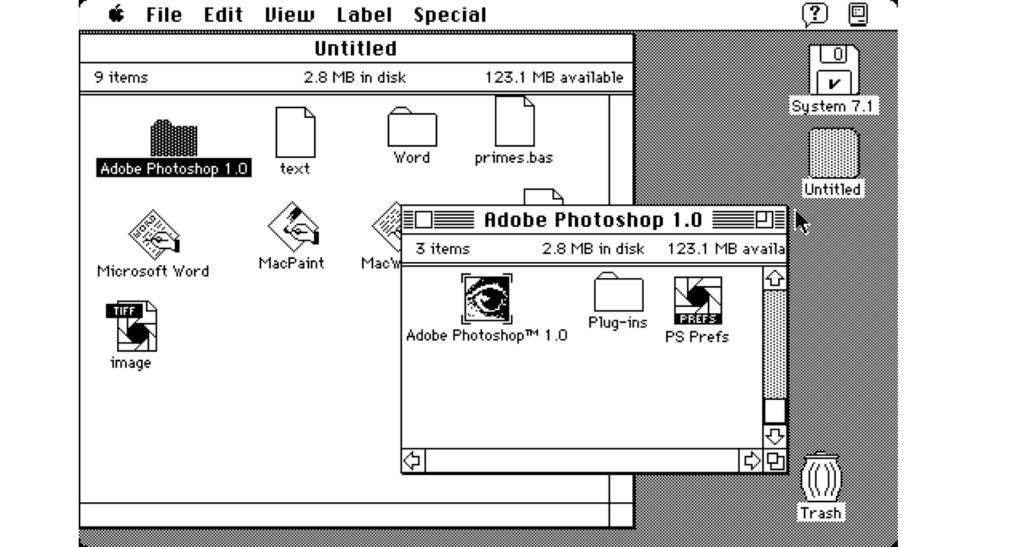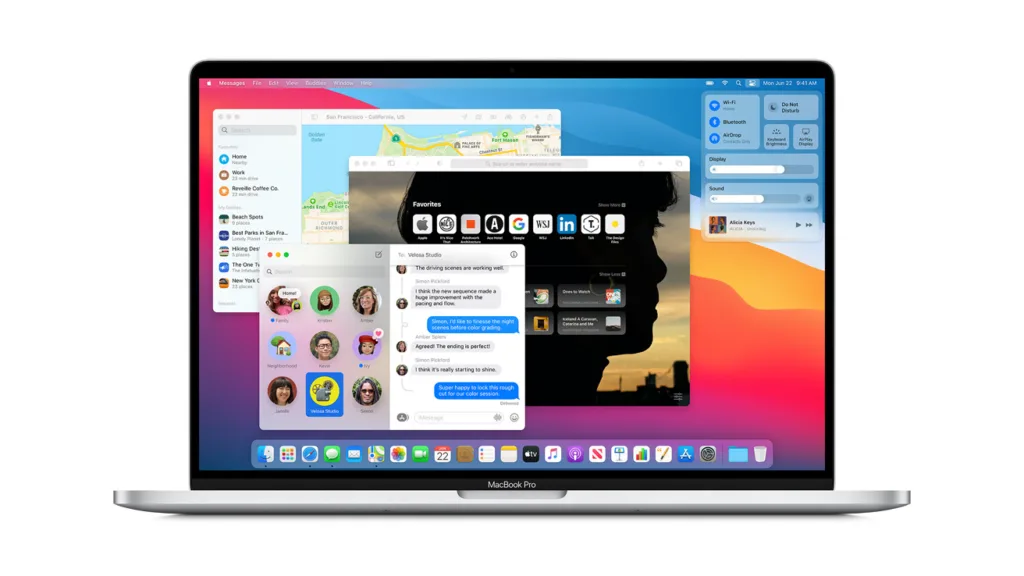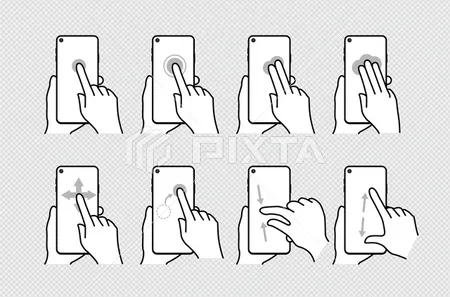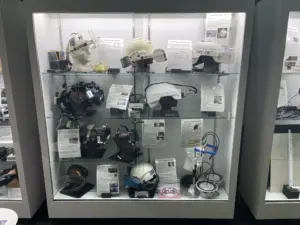On this day, forty years ago in 1984, an iconic advertisement aired during the Super Bowl, which was notable for its reference to George Orwell’s Nineteen Eighty-Four. The ad was for Apple’s Macintosh computer and is remembered for its striking imagery of a dystopian society and a heroine challenging the status quo, symbolizing Apple’s challenge to the then-dominant tech companies, mostly IBM, with its mainframes and green screens.
The shift in computing from mainframes to personal computers actually began in the late 1970s. IBM (referred to as Big Blue), was Apple’s big competition in personal computing. IBM’s entry into this market involved licensing software from Microsoft, a small company at the time, and an interface that was mired in command lines and non-intuitive control text. Steve Jobs, co-founder of Apple, became aware of innovative research happening at Xerox PARC in Palo Alto, not far from Apple’s headquarters. This research included developments in user interfaces.
Inspired by Xerox’s GUI, Jobs led the development of the Apple Lisa, named either after his daughter or as an acronym for Local Integrated Software Architecture. Though not commercially successful, Lisa was a precursor to the Macintosh. The Macintosh, introduced in 1984, was significant for its user-friendly interface, using windows, icons, menus, and a pointing device (WIMP). The launch of the Macintosh was marked by the now famous 1984 advertisement directed by Ridley Scott. This ad, considered one of the best commercials ever, did not show the product itself but was instrumental in setting the tone for Apple’s innovative image.
The original Macintosh introduced several revolutionary features, many of which remain central to modern computing. It was Apple’s attempt to make computing simple and user-friendly, allowing users to express their creativity, which previously required expensive, high-end equipment.
Jump ahead forty years, and Apple is missing this iconic moment by about nine days for the first shipments of its Vision Pro, the launch of the spatial computing era. First of all, there is no such thing as spatial computing, but let’s put that aside for now because it is too cool a term to forego and the Alt Reality crowd has been dwelling in a cloudy hinterland for so long that they should have their moment in our normal people sun at least once. Second of all, while the most optimistic analogy would be that Vision Pro is to Apple’s next MR headset as the Apple II was to the Lisa, the real problem is that Apple missed a giant, humongous, right-there-in-front-of-you moment by getting to the Vision Pro.
It isn’t designed for people. It’s designed for someone, but I am going to bet that no one will ever claim it was them, unless it hails the beginning of the spatial computing era. It won’t. It was designed by committee. You can always tell when corporations design something by committee, it has something for every department head and practically every department head at Apple has had to pay due reverence to the Vision Pro’s vision of computing’s future.
This is how Apple missed the mark with the Vision Pro, and screwed up the fortieth anniversary of its most iconic moment. Of course, back then it made a great story to have a plucky little tech company taking on one of the most powerful corporations in the universe. This time, one of the most powerful companies in the world has decided that New Coke wasn’t a bad enough milestone and that a plucky little soda company shouldn’t hold the record for executive hubris when it could have it all.
Apple’s Missing Link – Feel the Force
But, Apple’s committee of Vision Pro makers had every opportunity to change the face of computing because the company’s best buds with Disney which has Star Wars and that delightful moment when Darth Vader uses the Force to choke out an incompetent aide from a distance. You see, even back then Darth Vader knew about gesture control.
Gesture control! Forty years ago, Apple made the GUI and mouse iconic, a part of our carpel tunnel, arthritic world of computing. Then, it gave us swipes and pinches and children who will never every look another human in the eye again, but will exchange glances through selfies. The Vision Pro’s gesture control could have been the culmination of that journey, the moment when you realized that you could step away from the mouse and keyboard and orchestrate your computing in a totally new way.




Instead, the Apple committee decided that it would be really awesome to fold a laptop around your head and spend millions figuring out how to remove the mere hint of your real eyes with Apple’s Eyesight. That’s right, Apple decided that people eyesight is not good enough when you can have Apple Eyesight. Old Coke, New Coke. Old eyes, new Eyesight. You can get a lot done in committees if you’re willing to walk off a cliff with everyone in the meeting.
All Apple had to do was go from point and click to swipe and tap to pinch and flip. Apple could have easily sold a $5,000 display with the most amazing gesture control technology ever seen, and it would have been a game changer. The one truly interesting tech on the Vision Pro is the gesture control. I get it, the displays are really amazing, but at that price, they better be. Moving from WIMP to gesture control would be liberating. It would be the logical culmination of Apple’s forty year journey with personal computing, and it would have made total sense to users who pretty much don’t like being bound to a desk, a satisfying evolution of desktop computing to bring it closer to the freedome of movement that comes with mobile devices.
There may even have been room for a headset, at some point, when people had gotten use to gesture control and microdisplays weren’t a literal pain in the eye. The near-eye display crowd doesn’t seem to do much user testing or product fit analysis, saving most of its energy for it own internal teams, some over eager Alt Reality influencers, analysts, and the military. So, I don’t hold out much hope for near eye displays because they are not made for people, just by people. For investors, for commentators, for engineers…. who knows. Some people like the write poetry on a grain of rice, and some people like to show you a movie on the head of a pin.
So, the moonshot that is Vision Pro misses the mark. And it doesn’t matter how many it sells. It’s a rounding error on a fractional and default conversion of Apple’s multi-billion user base. Apple could sell a few million Vision Pros by just sending a coupon to every iPhone and hoping for a very low response rate. I feel sorry for people who plunk down $4-6,000, after taxes and extras, to have the headset, but hey, someone had to help make this happen:


